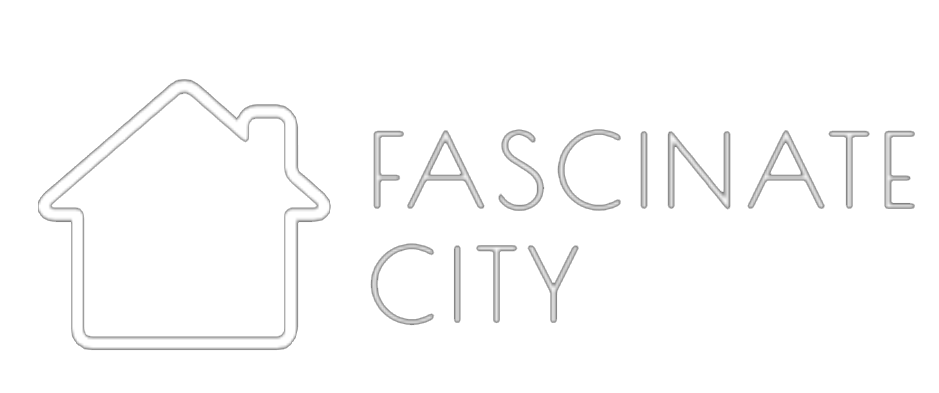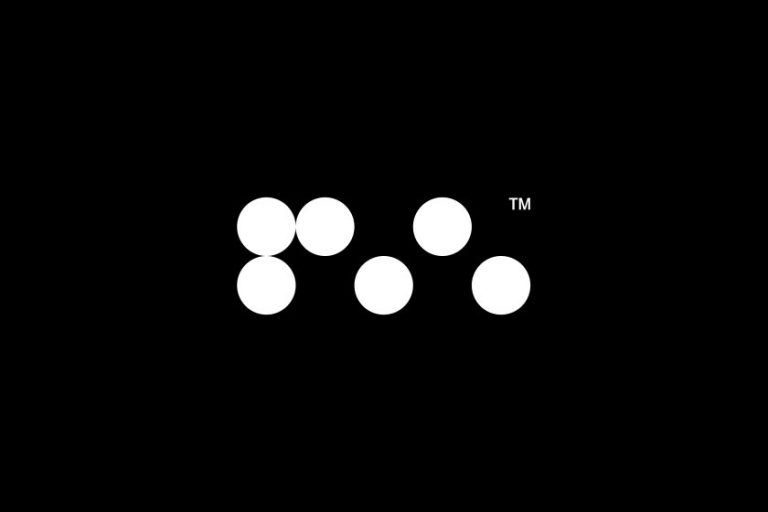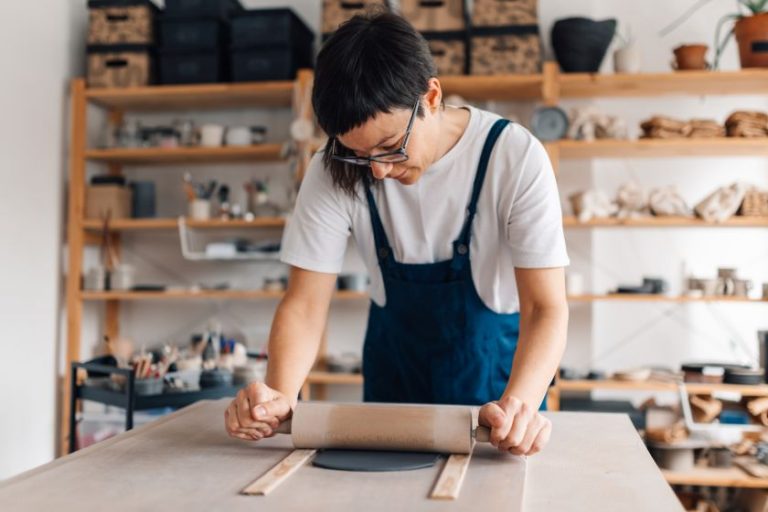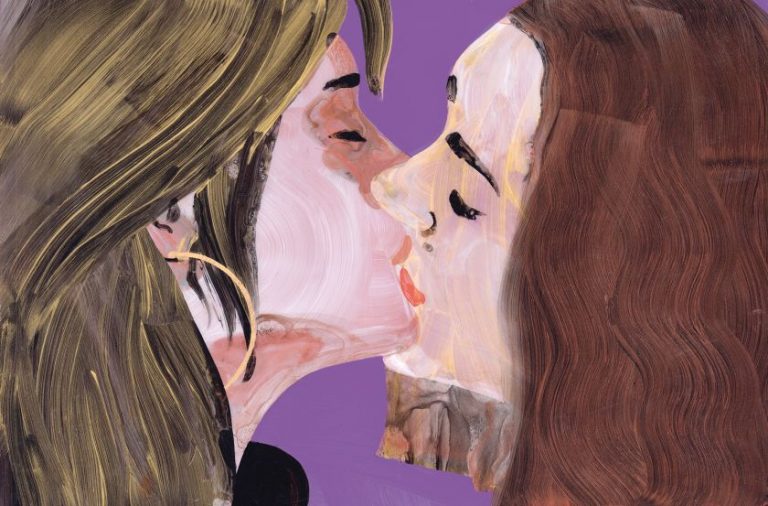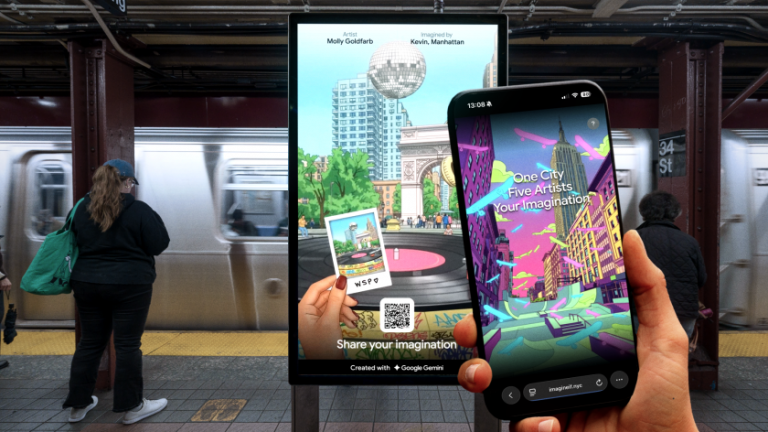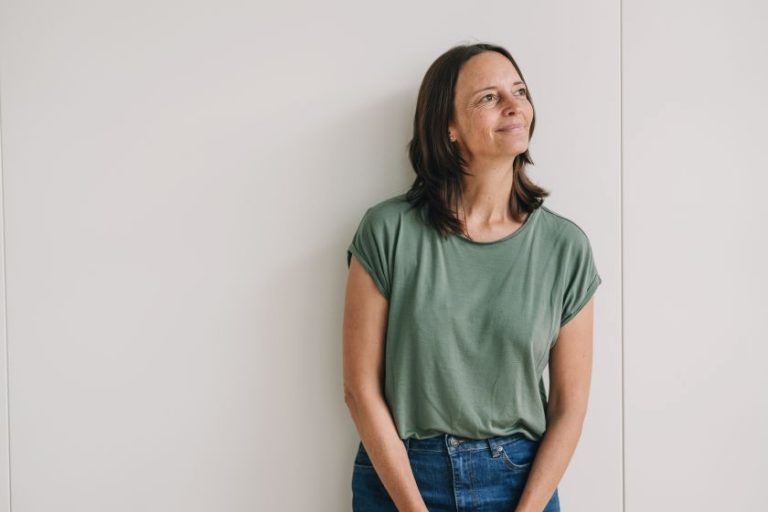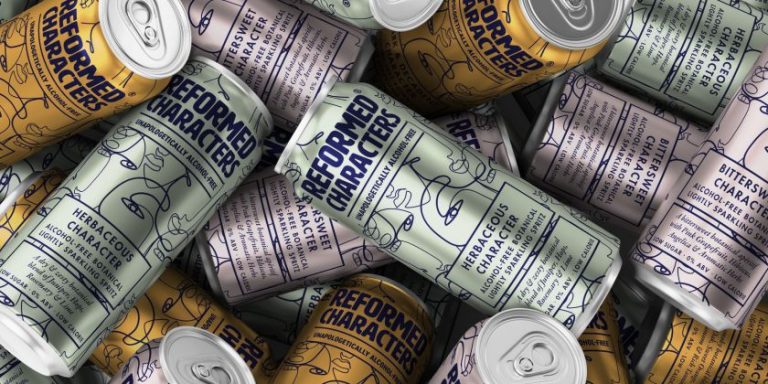Image licensed via Adobe Stock
From naming your inner critic to building up feel-good folders, creative professionals reveal the strategies that really work.
We’ve all experienced it. That familiar knot in your stomach when you’re about to share your work with a client, a colleague or the whole wide world on social media. The voice whispering that everyone else has it figured out, whilst you’re just winging it. The creeping certainty that sooner or later, you’ll be found out as a fraud.
If any of this sounds familiar, you’re far from alone. Imposter syndrome is so common, well, they gave it a name for one thing. And imposter syndrome doesn’t just affect people at the start: seasoned creative directors and even CEOs all fall prey to its charms. It’s the uninvited guest at every brainstorming session, the critic that never leaves the studio. But the good news is, it can be tamed.
With that in mind, we asked creatives in our community to share their most effective strategies for quieting that inner critic. What emerged wasn’t a one-size-fits-all solution, but rather a toolkit of practical approaches. We share some of their best advice below, while you can read the full discussion here and here. (Not joined The Studio yet? Do it now: it’s free!)
The power of shared experience
One of the most consistent themes amongst these responses was the relief that comes from realising imposter syndrome is universal. Illustrator and art director Marcus Marritt describes his lightbulb moment: “For me, it just clicked one day; appreciating how imposter syndrome is such a shared experience. If we’re all feeling this way, then surely there are no impostors!”
Thanks to this revelation, Marcus now views imposter syndrome as a natural part of the creative process. “Being my own worst critic, feeling like an imposter, has me wanting to improve the craft,” he explains. If it’s bringing you down, though, he recommends “stepping back and looking over all the work from all the years, and appreciating and being grateful for what you have done. You made that happen. No one else. So who’s the imposter?”
Digital designer Neil Richards echoes these sentiments, and adds: “There’s also a great camaraderie in British self-deprecation… so in a way ‘imposter syndrome’ is a positive thing. It keeps you in check and most likely improves your work.”
Imposter syndrome often involves comparing yourself unfavourably to others. But often that’s because you don’t really know them. Creative director Richard Longmuir found that actually meeting peers and industry figures he admired has been a game-changer. “Either you find out that they are super-nice and experience the same imposter syndrome you do, or you realise they’re faking it and it’s all a front,” he says, “Which makes you think: ‘Oh well, maybe I can do this’.”
Practical strategies that work
Our community also shared some more specific techniques for managing imposter syndrome on a day-to-day basis. For example, graphic designer and illustrator Iancu Barbărasă swears by his ‘Feel Good’ folder. “I collect the nice things people have said about my work,” he explains. “It really helps re-reading them when I feel that my work is not ‘good enough’.” Similarly, creative manager Iftekhar Alam maintains “a small archive of projects, kind feedback, and milestones; it helps me see tangible progress when doubt creeps in.”
For illustrator and author Juliana Salcedo, meanwhile, the key is action over rumination. “I’ve found that if I get into work, the joy of it lowers the imposter syndrome’s voice,” he says. “When I’m waiting for things to happen is when Adelfo—I’ve just named it— is at his worst.” Indeed, the strategy of naming your inner critic itself can be a good way of creating distance from the feeling.
Struggling to get started with a project under the weight of imposter syndrome? Here’s what works for illustrator and designer Lele Saa. “I try to trick my brain to get into the work with a gentle activity,” she reveals. “So starting with research, I might go to a gallery or museum and sketch about what I need to illustrate. This helps me to generate ideas without overthinking, because I’ve already started.”
Analytical approach
Some creatives find the best way to start a project is to remove emotion from the equation entirely. For instance, photo retoucher and creative artworker Sandrine Bascouert says: “The only way I can get past my reluctance is by looking at hard facts. That means I’ll ask for a very detailed brief, ask tons of questions, and also run a timed test before I say yes.”
Graphic designer Meredith Blumenfeld found perspective through watching The Futur’s Building a Brand series on YouTube, which showed how experienced designers actually work in practice. “It was very important for me to see how all these talented designers didn’t get it 100% right on the first try, but that this can actually be a plus,” she says.
Creative director PJ Richardson, in turn, has found an unexpected ally in AI. “I use ChatGPT relentlessly to help me figure out how to structure my project, storyboards, areas to explore, schedules, and ideas if I don’t have any,” he explains. “The thinking being, that in spite of my over-thinking, doubtful, wandering mind in the face of discomfort, I just go back to the checklist when I get anxious.”
PJ combines this systematic approach with a mental mantra borrowed from an athletic visualisation video he saw on YouTube. “I tell myself in my head, ‘You are worthy, you are powerful, you are capable.’ It’s wild: it gives me this little boost of adrenaline I feel in my body.”
The role of community and kindness
Many creatives emphasise the role of community support in all of this. Richard, for example, stresses the importance of kindness. “We are in such a hyper-critical industry where people can be extremely judgmental,” he notes. “So if you see someone has put a lot of time and effort into a project and shared it with the world, be kind, because it’s probably taken them a lot to even share that piece of work.”
Equally, illustrator and writer Yvie Juniper-Johnson advocates for self-compassion. “Imposter syndrome is, at the end of the day, an inherent desire to do the best you can and to raise your standards in an area that you respect, and where the standards are conceivably already high,” she points out. “Remember to have grace for your own journey, which can never be compared to anyone else’s.”
And of course, being kind to others can help you be kind to yourself, too. As social media strategist and manager Jo Barber explains: “When I’m suffering imposter syndrome, I always think about what I’d say to someone else doubting themselves, such as ‘Who told you that?’. The answers usually reassure me after a few hours, which includes a TV show, food and sleep.”
Main takeaways
So what have we learned? Overall, our community’s collective wisdom suggests that imposter syndrome, whilst uncomfortable, doesn’t have to be debilitating.
There are many paths through the doubt, from building evidence of your excellence to naming your internal critic, focusing on service to others, to simply remembering that everyone is learning. But perhaps most importantly, the conversation itself—the willingness to admit these feelings and share strategies—weakens the power of imposter syndrome.
Because if you think about it, imposters don’t typically worry about being imposters. The very fact that you care enough to feel like one ironically proves you belong exactly where you are.
